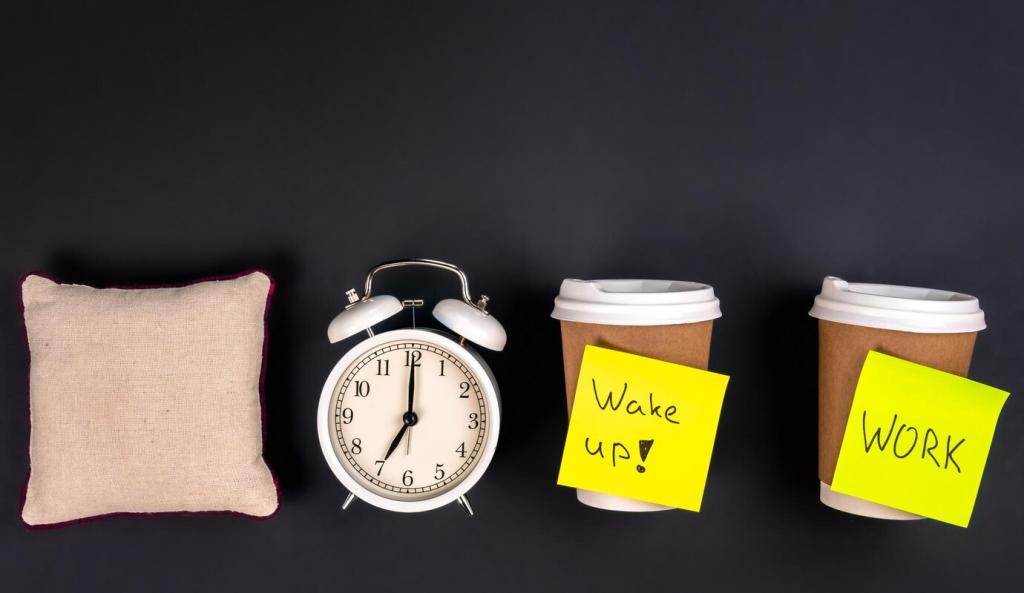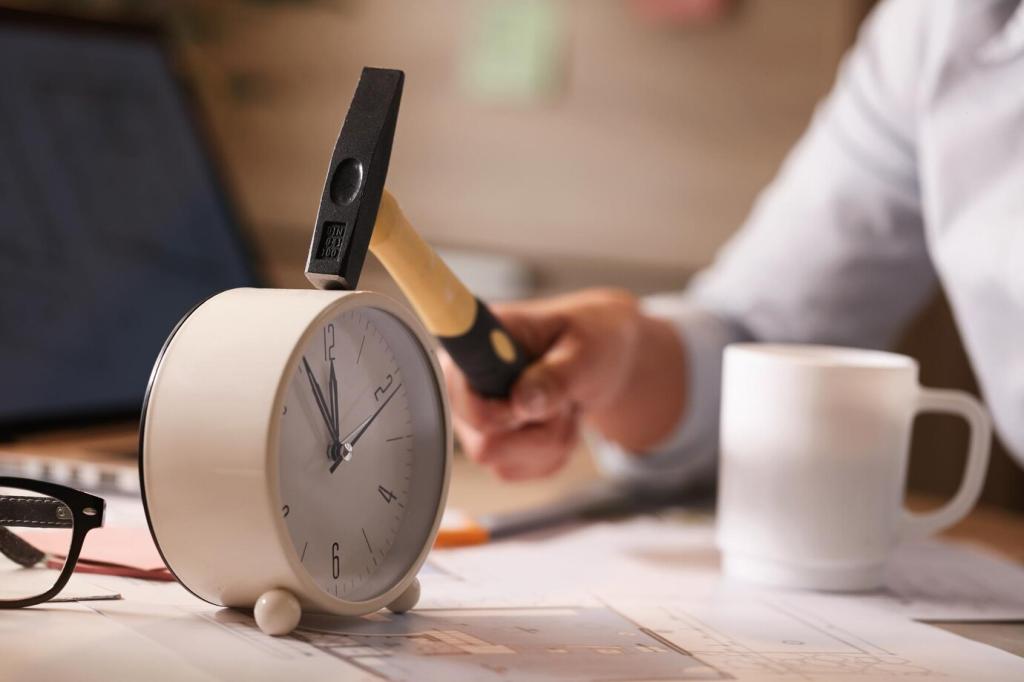
Overcoming Distractions with Home Productivity Coaching: Turn Your Space into a Focus Haven
Chosen theme: Overcoming Distractions with Home Productivity Coaching. Welcome to a friendly corner of clarity, where small, steady coaching shifts help you quiet the noise at home, protect your attention, and make meaningful progress you can feel by dinner time.
Micro-interruptions and the real refocus cost
A quick door knock, a ping, a thought about laundry—each tiny break seems harmless. Yet studies suggest refocusing after interruptions can take around twenty minutes, compounding into hours lost. Comment with your most common micro-interruption, and we’ll shape a coaching counter-move.
Visual clutter as silent mental noise
Stacks of mail, stray cables, open tabs, and half-finished tasks whisper, “You should be doing more.” Coaching reframes clutter as an attention tax you can reduce. Start by clearing one square foot and celebrate the lighter mental feel.
Energy dips disguised as distraction
Sometimes distraction isn’t temptation—it’s depletion. Mid-afternoon yawns or morning fog steer you toward tasks that feel easier but matter less. Map when you naturally fade, and schedule lighter work then. Subscribe for a simple energy audit worksheet.
Designing Focus-Friendly Habits with Coaching
Write specific cues and responses: “If the doorbell rings, then I pause my timer, jot my next step, and resume after.” Precise if-then plans pre-decide your actions, cutting hesitation and keeping your attention tethered to what matters.
Designing Focus-Friendly Habits with Coaching
Attach a focus habit to something reliable: after making coffee, set a 25-minute deep-work timer; after lunch, review your top three priorities. Stacking keeps your brain from negotiating, because it simply follows an established rhythm.



Single-purpose modes and app blockers that stick
Switch your phone to a single-purpose mode during focus blocks—only music or only timer. Add an app blocker with a five-minute delay to make mindless opening inconvenient. Friction steers behavior more reliably than good intentions alone.

Asynchronous agreements with family and housemates
Create a shared signal—closed door plus a desk light means non-urgent questions go into a note for the next check-in. This turns interruptions into asynchronous messages, keeping relationships warm and your attention intact. Invite others to co-create rules.
Crafting a Workspace That Defends Your Attention
Cooler temperatures boost alertness, warm light helps late sessions, and consistent sound reduces startle. Try lo-fi beats or brown noise to mask unpredictable home sounds. Adjust one variable this week and note how your focus stamina changes.
Crafting a Workspace That Defends Your Attention
Keep essential tools within one arm’s reach and temptations beyond two steps. A notebook on the desk invites ideas; a TV remote across the room discourages detours. Design your space to make the right action irresistibly easy.




Mindset Coaching: Emotions Behind Distraction
Say, “I feel anxious about starting,” rather than “I’m bad at focusing.” Naming separates you from the feeling and opens choices. When you label the emotion, the urge to escape into distractions usually softens enough to begin.



